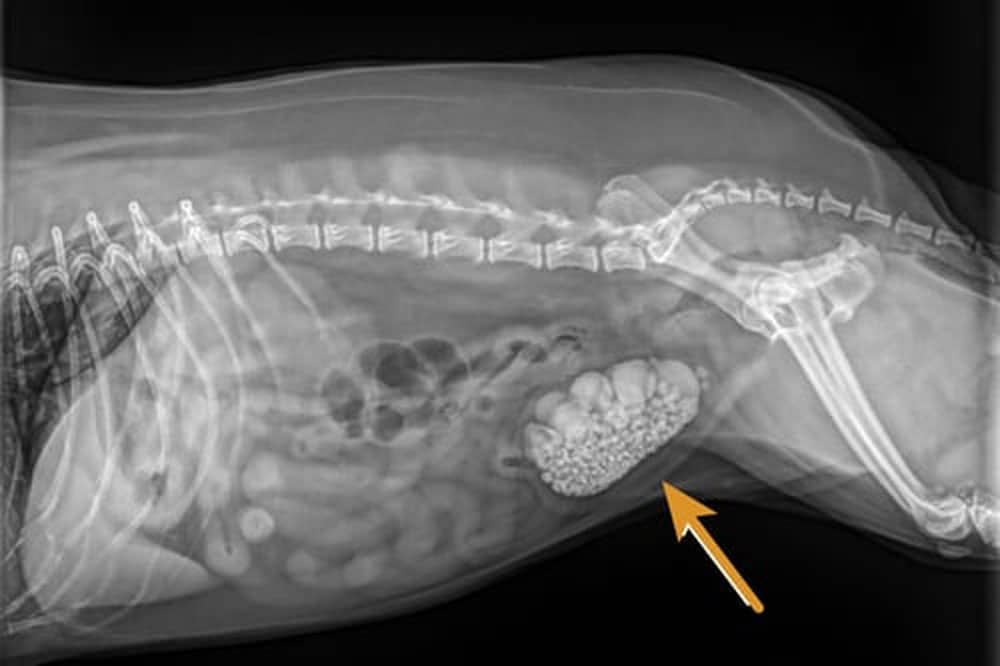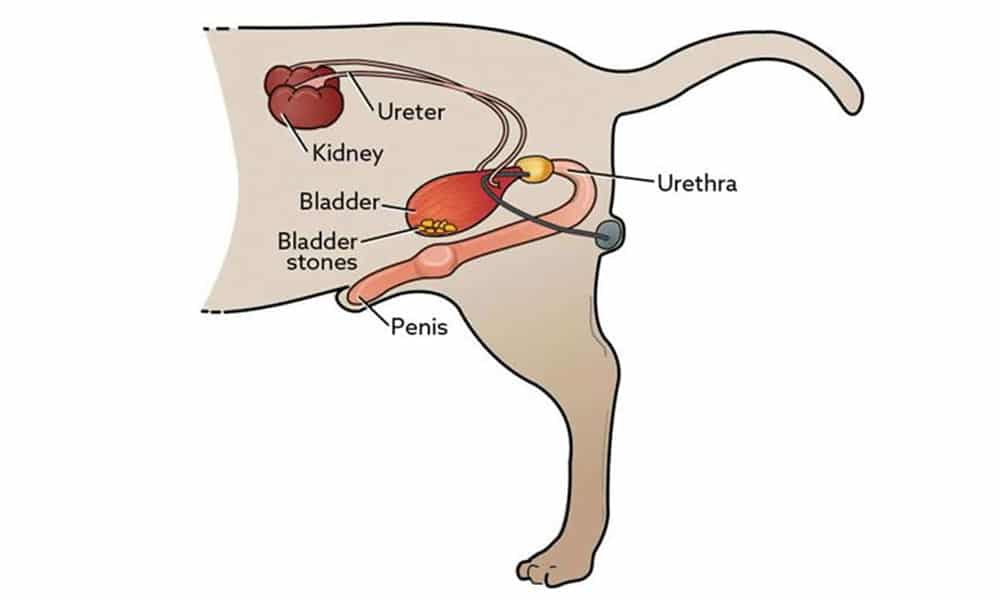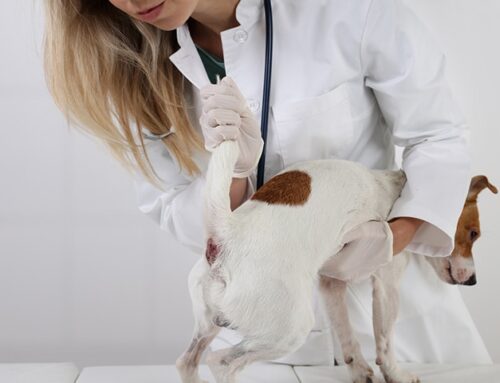Understanding Bladder Stones in Dogs: Symptoms, Causes, and Effective Treatment
Bladder stones, also called uroliths, are a significant concern for dog owners in South Orange County. These solid mineral formations can develop in a dog’s bladder, causing pain, difficulty urinating, and even life-threatening complications if left untreated. At Bliss Animal Hospital, we’ve seen an increase in bladder stone cases, likely due to dietary and environmental factors unique to our region.
In this comprehensive guide, we’ll explore the causes, symptoms, prevention, and treatment of bladder stones in dogs, emphasizing why South Orange County pet owners should be particularly vigilant. Whether you’re in Mission Viejo, Rancho Santa Margarita, or Lake Forest, understanding bladder stones can help keep your furry companion healthy and comfortable.
What Are Bladder Stones?
Bladder stones in dogs are solid mineral formations that develop in the urinary bladder, causing blockages and irritation. These stones are typically composed of minerals such as calcium oxalate, struvite, urate, or cystine. They vary in size and texture, ranging from small, grainy particles (like sand) to larger, more solid stones.
Dogs with bladder stones may exhibit symptoms like frequent urination, blood in the urine, and discomfort while urinating. In severe cases, a complete urinary blockage can occur, leading to a medical emergency. Bladder stones are often diagnosed through imaging techniques like X-rays or ultrasounds, which allow veterinarians to visualize the stones inside the bladder.
Bladder stones are more common in certain breeds, including Dalmatians, Bulldogs, and Miniature Schnauzers. While they are not always preventable, understanding the types of bladder stones in dogs and their risk factors can help pet owners identify the issue early.

Image 1: X-ray image of a dog’s abdomen showing the presence of multiple bladder stones (indicated by the arrow). Bladder stones can cause pain, urinary issues, and require prompt veterinary attention.
What Causes Bladder Stones in Dogs?
Bladder stones in dogs are caused by a combination of factors that promote the formation of mineral deposits in the urinary tract. These include:
Pet owners in South Orange County should be particularly mindful of hydration, as the dry climate can lead to dehydration, exacerbating the risk of bladder stones. Additionally, diets popular in the area, such as grain-free or high-protein diets, may need to be evaluated with a veterinarian to ensure they don’t contribute to stone formation.

Image 2: Male dog’s urinary system highlighting the bladder with visible uroliths (bladder stones) inside. Source: WellnessVet.com.hk
Symptoms of Bladder Stones in Dogs
Bladder stones in dogs can cause a variety of symptoms, ranging from mild discomfort to severe medical emergencies. Recognizing these signs early is critical to ensuring your pet receives timely treatment. While some dogs may not show obvious symptoms initially, others may exhibit one or more of the following:
If you notice any of these symptoms of bladder stones in dogs, consult your veterinarian immediately. Early detection and treatment can prevent complications, such as complete urinary blockage, which is a life-threatening emergency.
How to Prevent Bladder Stones in Dogs
Preventing bladder stones in dogs is often a matter of addressing their diet, hydration, and overall health. Here’s how South Orange County pet owners can reduce the risk:
By focusing on prevention, South Orange County pet owners can reduce the likelihood of their dogs needing more invasive treatments, such as bladder stones in dogs surgery.
How Do You Treat Bladder Stones in Dogs?
The treatment for bladder stones in dogs depends on the size, type, and severity of the stones. At Bliss Animal Hospital, we offer the following treatment options:
In South Orange County, where outdoor activities and warm weather are common, ensuring your dog stays hydrated and healthy is key to preventing recurrence. Our state-of-the-art facility in Lake Forest is equipped to handle all aspects of bladder stone treatment, from diagnostics to surgery.
Conclusion
Bladder stones in dogs are a common yet manageable condition that can cause significant discomfort and health risks if left untreated. South Orange County pet owners can minimize the risk by focusing on prevention through diet, hydration, and regular vet check-ups. For those dealing with bladder stones, effective treatments—ranging from dietary changes to surgery—are available at Bliss Animal Hospital.
If you believe your dog has symptoms of bladder stones, don’t wait to seek help. Contact Bliss Animal Hospital at (949) 354-5201 to schedule an appointment. Together, we’ll ensure your pet stays healthy, happy, and comfortable.
About Bliss Animal Hospital
Our team, led by Dr. Nayara Pataro and Dr. Sam Amirshahi, is dedicated to providing compassionate, top-rated care right here in South Orange County. With a strong emphasis on relationships and personalized veterinary care, we’re here to support you and your pet’s health and happiness. If you’re looking for convenient, high-quality care nearby, check out our veterinarian services in Lake Forest, CA and surrounding areas like Veterinarian near Mission Viejo, CA, Irvine, CA Veterinarian (Great Park and Portola Springs) and vet near Rancho Santa Margarita, CA.











Leave A Comment